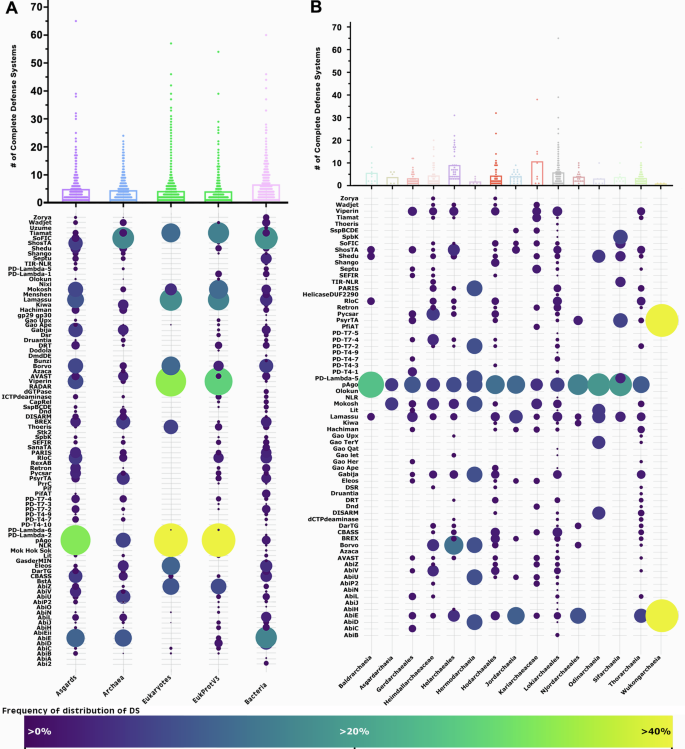2024-08-23 カリフォルニア工科大学(Caltech
<関連情報>
- https://www.caltech.edu/about/news/new-technology-images-microbes-in-3d
- https://www.pnas.org/doi/10.1073/pnas.2403122121
定量的位相顕微鏡と蛍光顕微鏡を用いた根圏の3D微生物群集動態の研究 Investigating 3D microbial community dynamics of the rhizosphere using quantitative phase and fluorescence microscopy
Oumeng Zhang, Reinaldo E. Alcalde, Haowen Zhou, +2, and Changhuei Yang
Proceedings of the National Academy of Sciences Published:August 6, 2024
DOI:https://doi.org/10.1073/pnas.2403122121
Significance
The rhizosphere—the soil region influenced by plant roots—is home to a multitude of microbes. Despite their importance to agriculture and diverse ecosystems, these biological communities are poorly understood in part due to limited real-time imaging capability. Here, we introduce complex-field and fluorescence microscopy using the aperture scanning technique (CFAST), an innovative imaging system merging three-dimensional (3D) fluorescence with quantitative phase imaging. CFAST’s exceptional depth of field enables efficient 3D volume scanning, reducing bleaching risks associated with traditional fluorescence imaging. Its noninvasive approach facilitates observing interactions and gene expression within and among bacterial taxa, even those not yet genetically tractable. Overall, CFAST holds promise as a valuable tool for studying complex biological community dynamics in the rhizosphere.
Abstract
Microbial interactions in the rhizosphere contribute to soil health, making understanding these interactions crucial for sustainable agriculture and ecosystem management. Yet it is difficult to understand what we cannot see; among the limitations in rhizosphere imaging are challenges associated with rapidly and noninvasively imaging microbial cells over field depths relevant to plant roots. Here, we present a bimodal imaging technique called complex-field and fluorescence microscopy using the aperture scanning technique (CFAST) that addresses these limitations. CFAST integrates quantitative phase imaging using synthetic aperture imaging based on Kramers–Kronig relations, along with three-dimensional (3D) fluorescence imaging using an engineered point spread function. We showcase CFAST’s practicality and versatility in two ways. First, by harnessing its depth of field of more than 100 μm, we significantly reduce the number of captures required for 3D imaging of plant roots and bacteria in the rhizoplane. This minimizes potential photobleaching and phototoxicity issues. Second, by leveraging CFAST’s phase sensitivity and fluorescence specificity, we track microbial growth, competition, and gene expression at early stages of colony biofilm development. Specifically, we resolve bacterial growth dynamics of mixed populations without the need for genetically labeling environmental isolates. Moreover, we find that gene expression related to phosphorus sensing and antibiotic production varies spatiotemporally within microbial populations that are surface attached and appears distinct from their expression in planktonic cultures. Together, CFAST’s attributes overcome commercial imaging platform limitations and enable insights to be gained into microbial behavioral dynamics in experimental systems of relevance to the rhizosphere.



